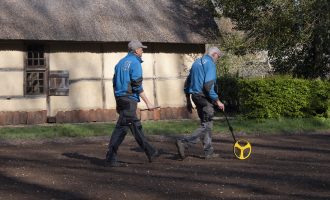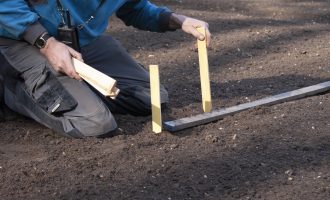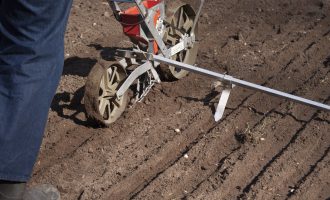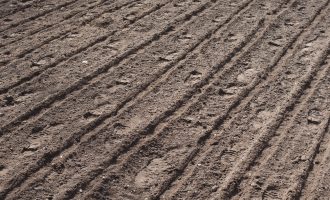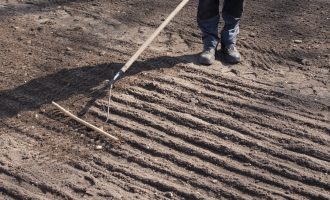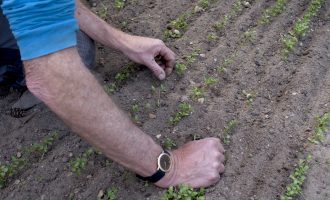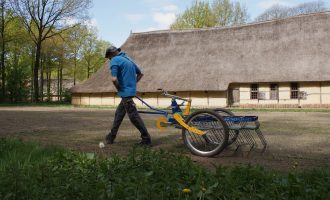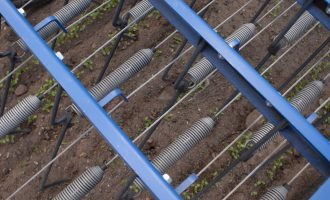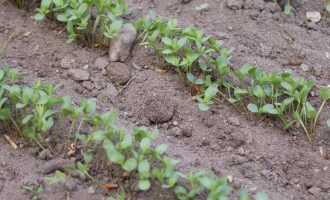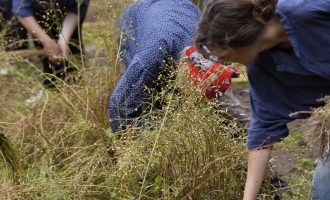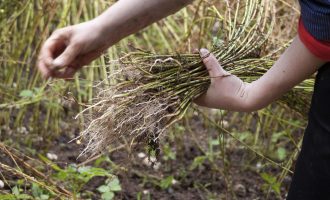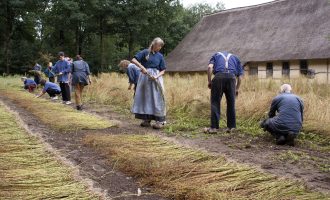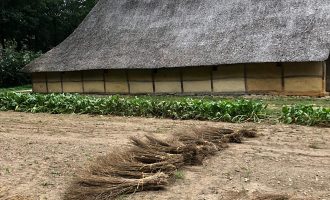traditional flax cultivation, netherlands open air museum, arnhem
The field at the Netherlands Open Air Museum in 2022 – the fifth season with The Linen Project so far – was seeded exactly 100 days after the new year, in keeping with cultivation tradition. The sandy soil provided enough drainage to go ahead with sowing, despite wet weather in the weeks before. Two row distances were set out: 12 rows at 12 centimetres apart, specifically for cultivating fibre flax, and 8 rows at 35 centimetres apart, to experiment with seed production for the museum’s ‘Rosoliemolen’, used to demonstrate the extraction of flaxseed oil. Heirloom flax varieties Fries Witbloei, Fries Paarsbloei, Solido and Saskia, and the modern variety Natasja, were sown using a manually driven seed-drill. After sowing, the field was raked over to ensure the seeds stay in place, offering some protection from wind and rain, as well as from birds and animals looking for a linseed snack. Favourable growing conditions and regular weeding by the museum’s attentive groundskeepers and volunteers, with the Tiny Treffler and by hand, benefitted the flax seedlings’ development. The flax crop at the Netherlands Open Air Museum was ready for harvest on the expected 100 days after seeding. Intermittent showers were not significant enough to put a damper on pulling the flax by hand, the mild weather was welcome during the dry summer.
The Linen Project is grateful for the enthusiastic volunteers that joined the team and put their energy into the first stage of the flax harvest in 2022. Many thanks to Michaèl Brandt, Johnny Wieringa and Ada Meurs of the Netherlands Open Air Museum for their continued generosity in sharing their time and knowledge.
-
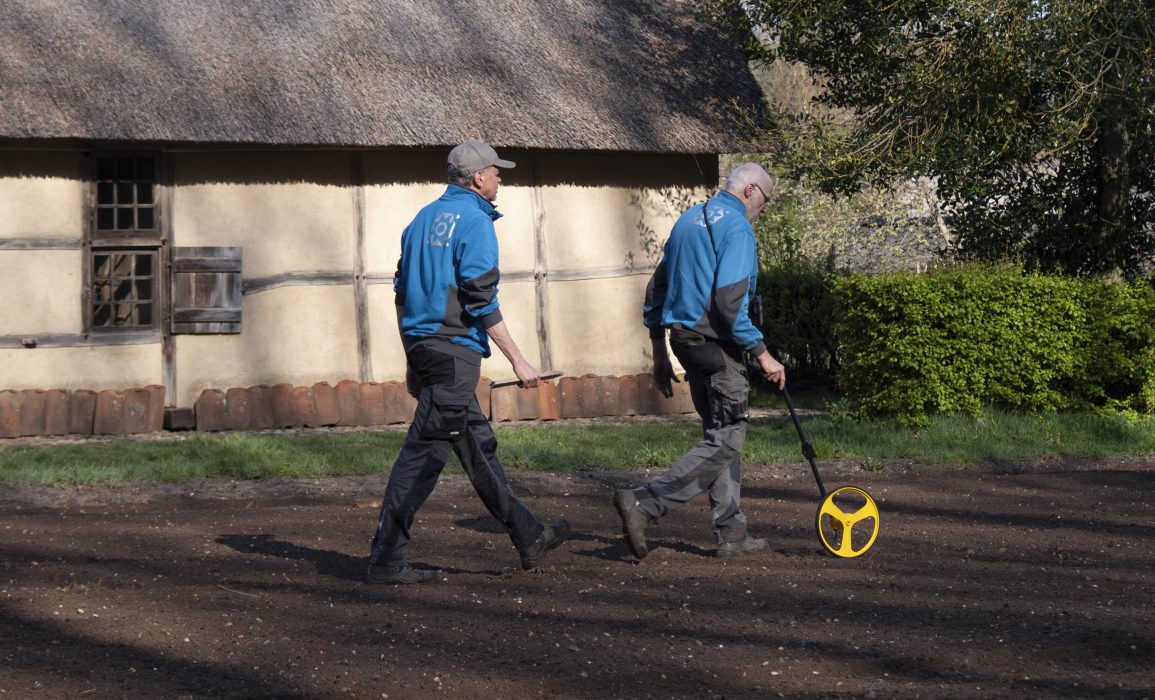
thijs belgers and michaèl brandt line out the field on foot
-
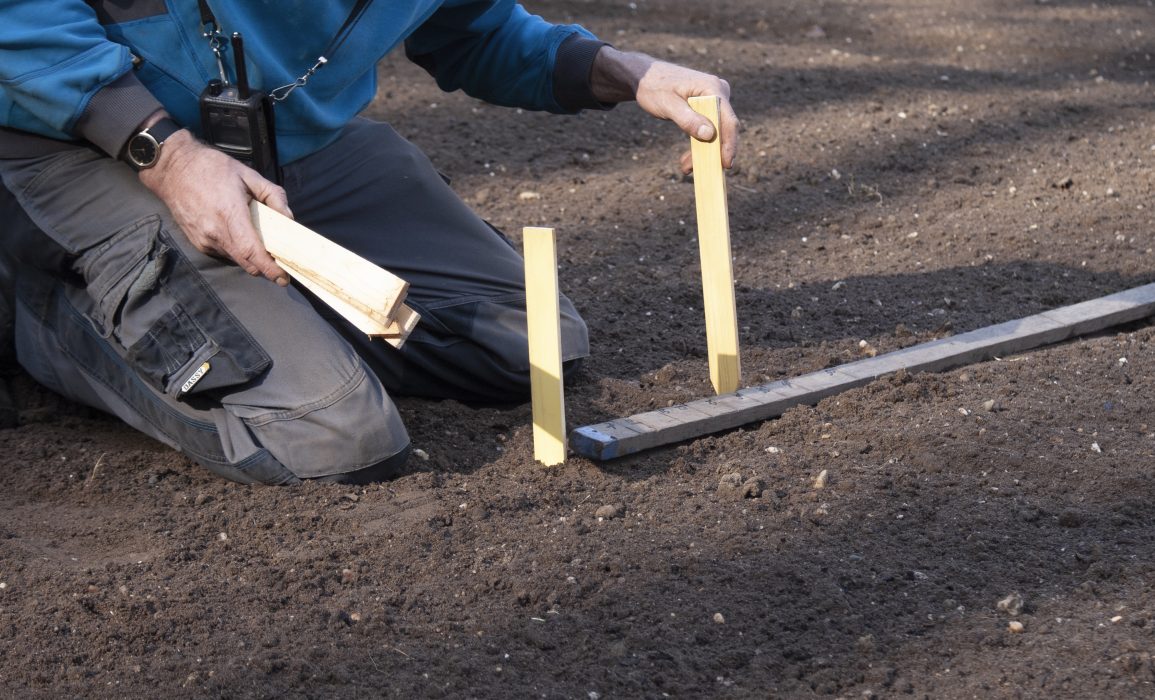
measuring the distance between rows for the oil flax
-
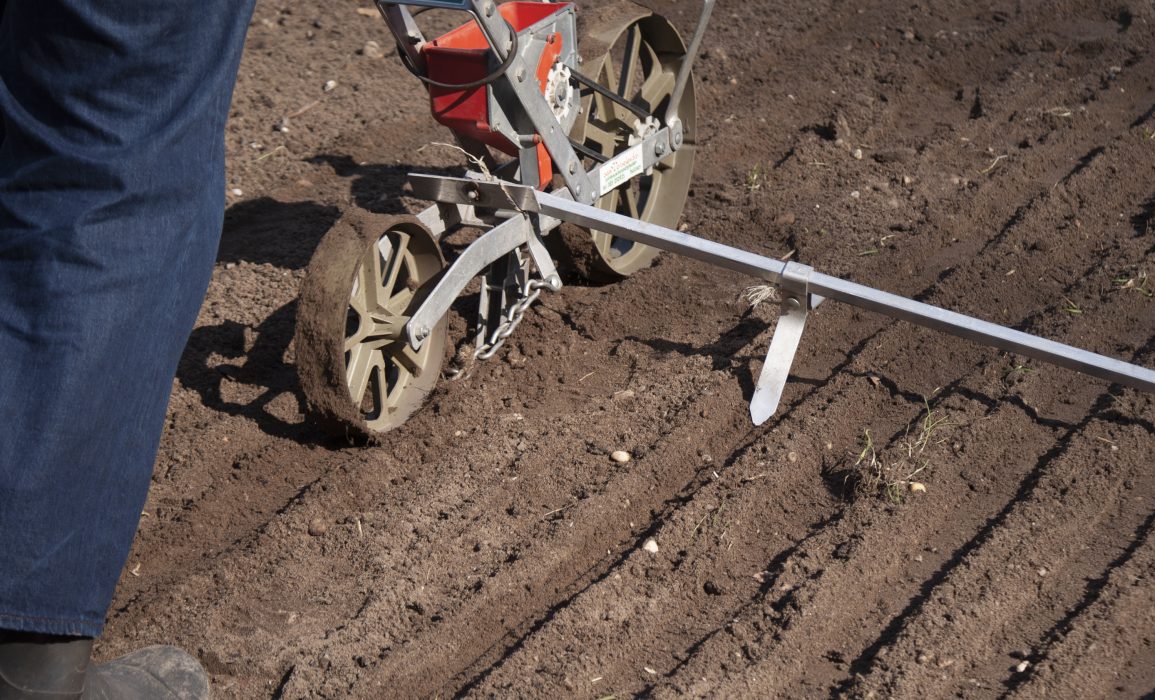
the fibre flax field being sown using the seed drill
-

the oil flax field after sowing, before raking
-
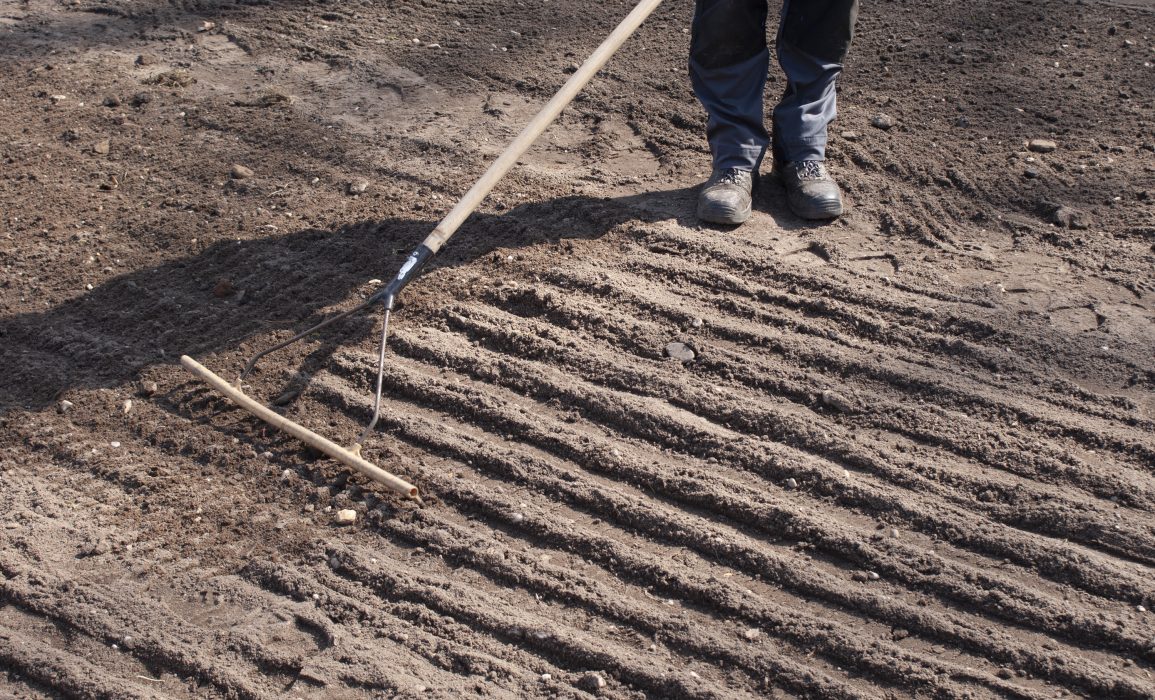
raking the top soil layer on the fibre flax field after sowing
-
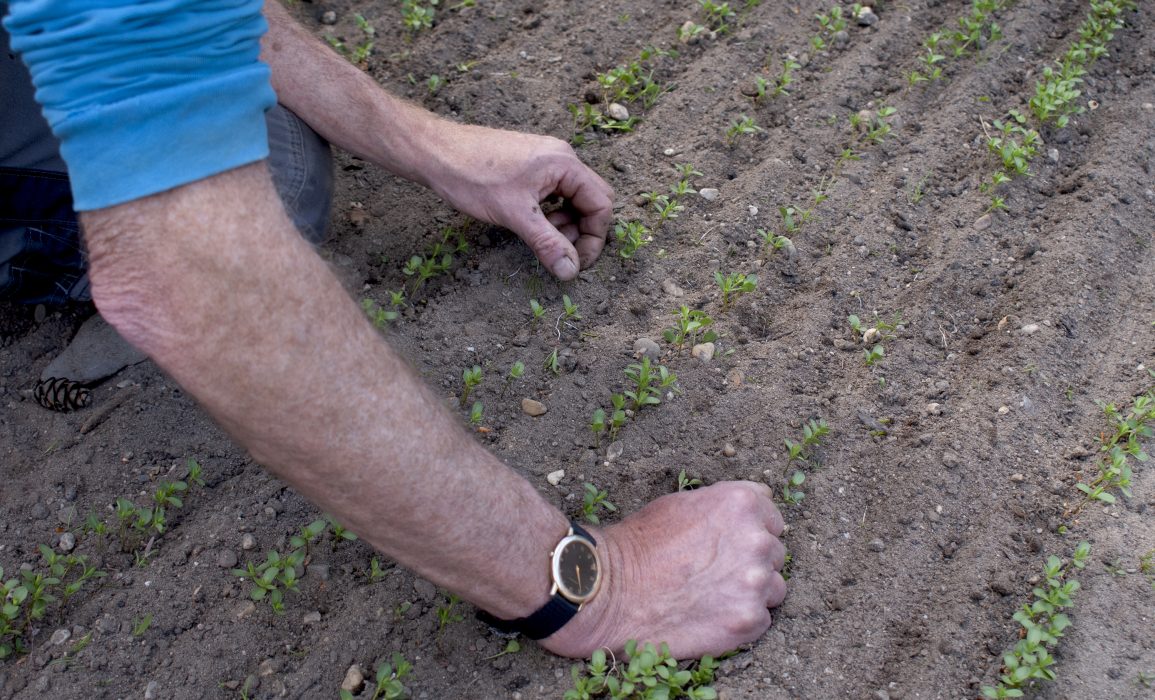
weeding by hand between the flax seedlings
-
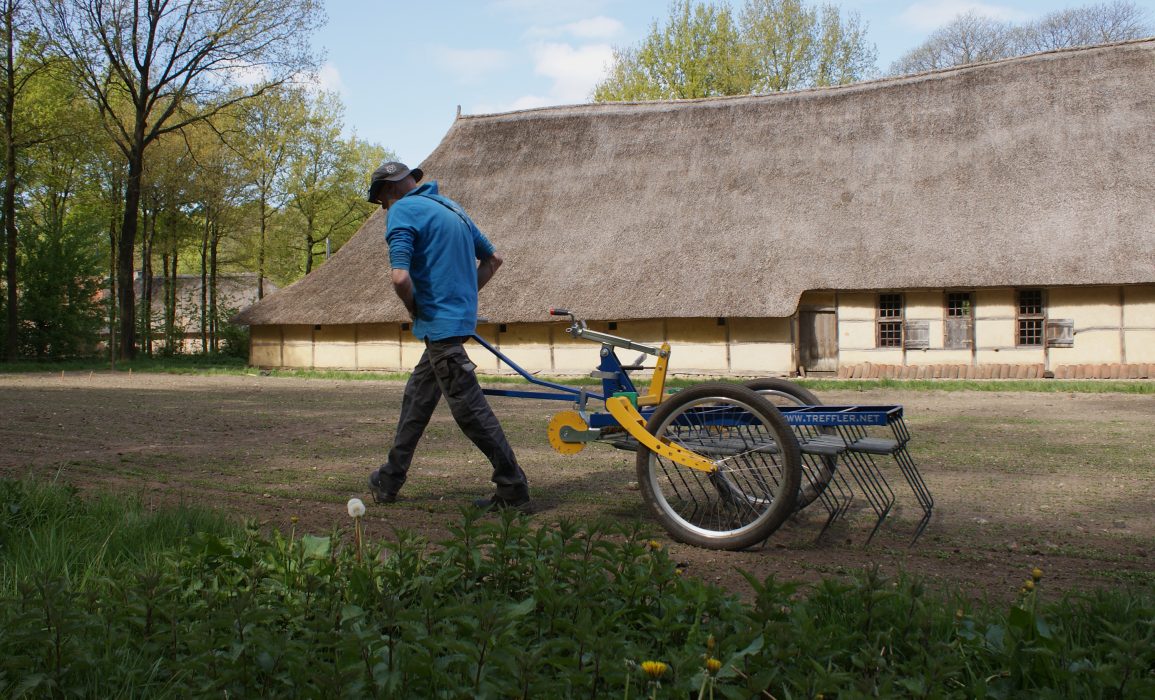
the tiny treffler is pulled with ease by hand, on foot
-
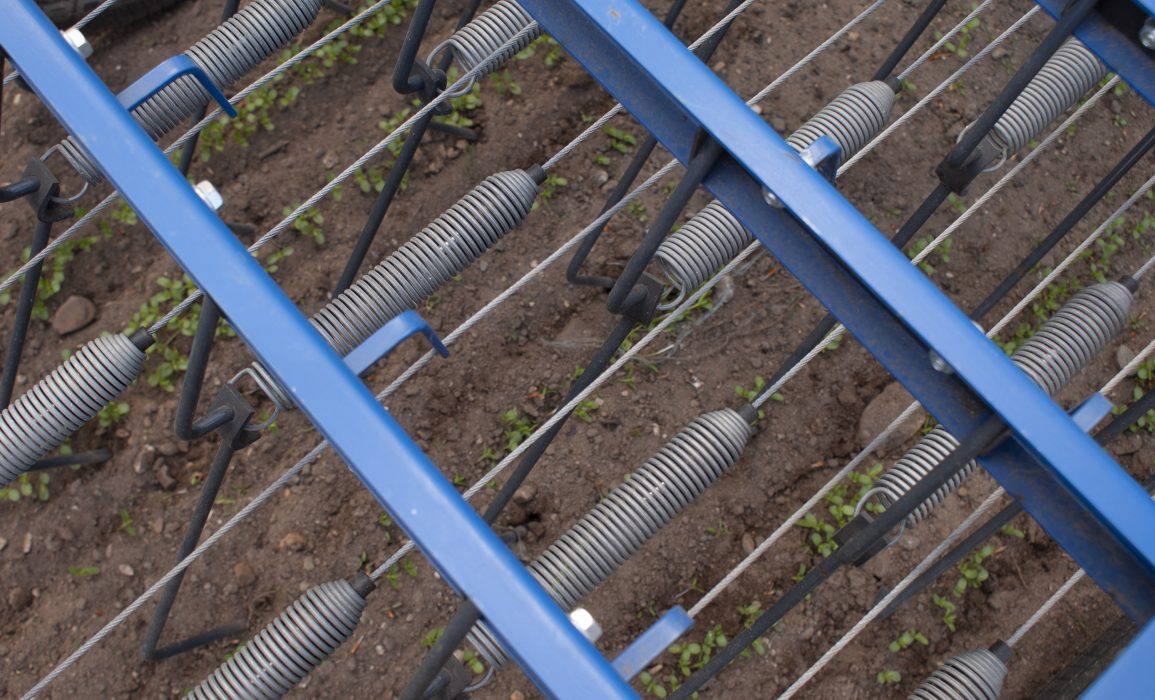
the individual treffler hooks rake between the flax rows
-
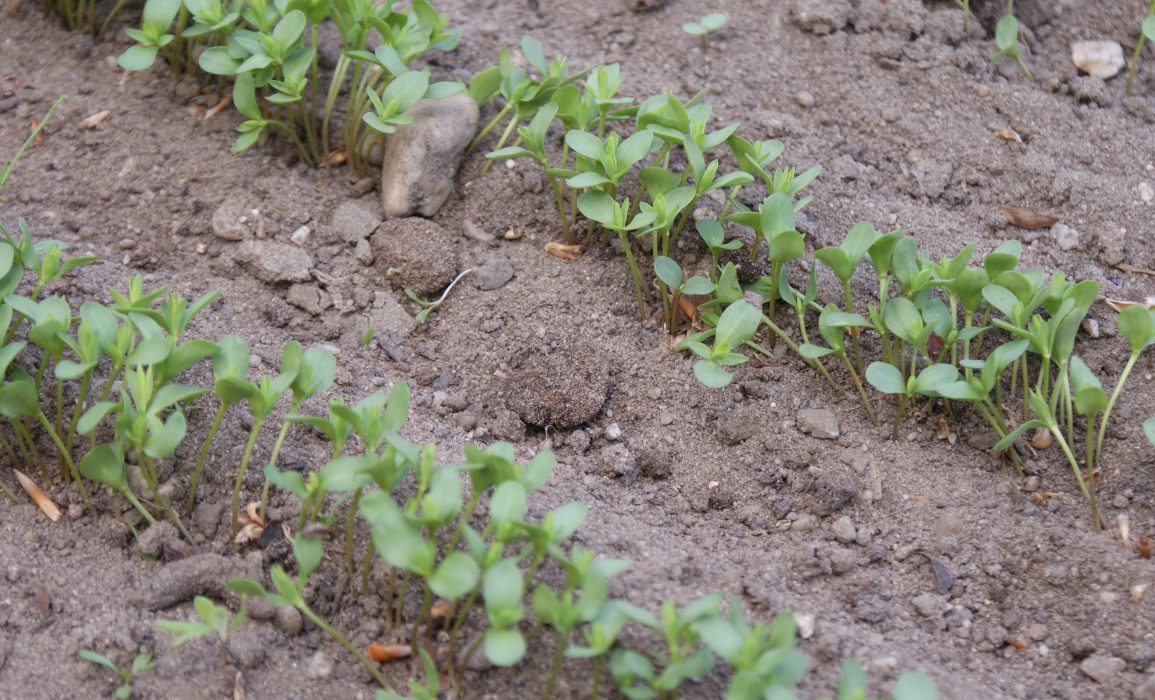
young fibre flax 17 days after seeding
-
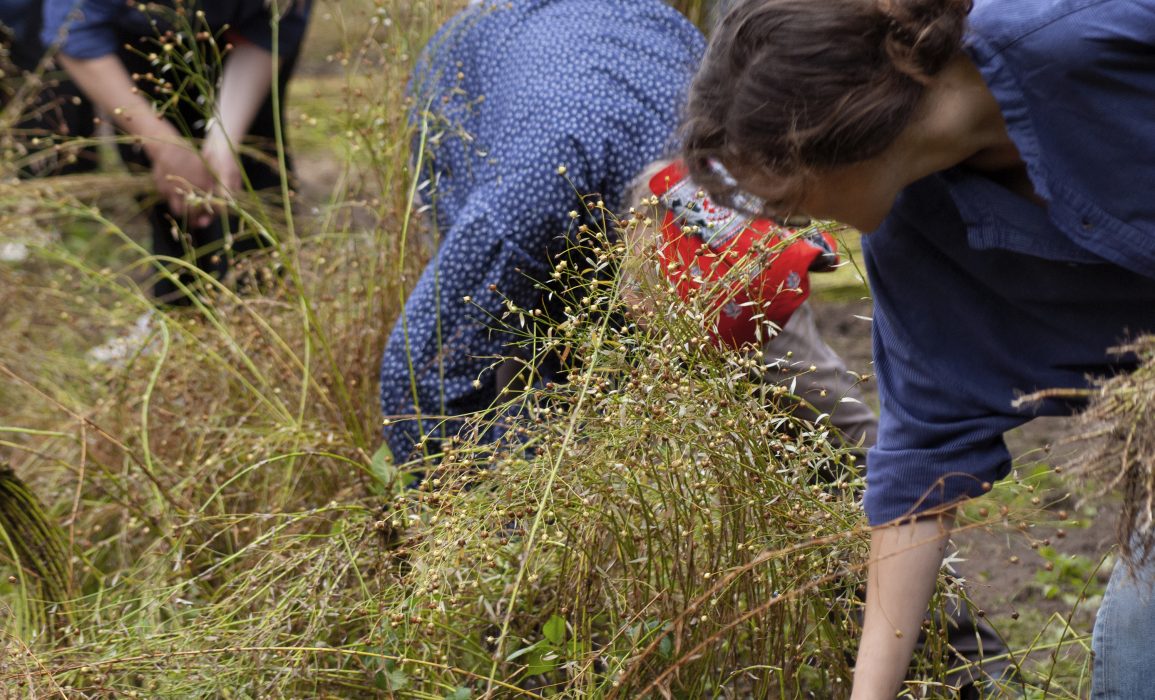
volunteers dressed in 'boerenkiel' for the flax harvest
-
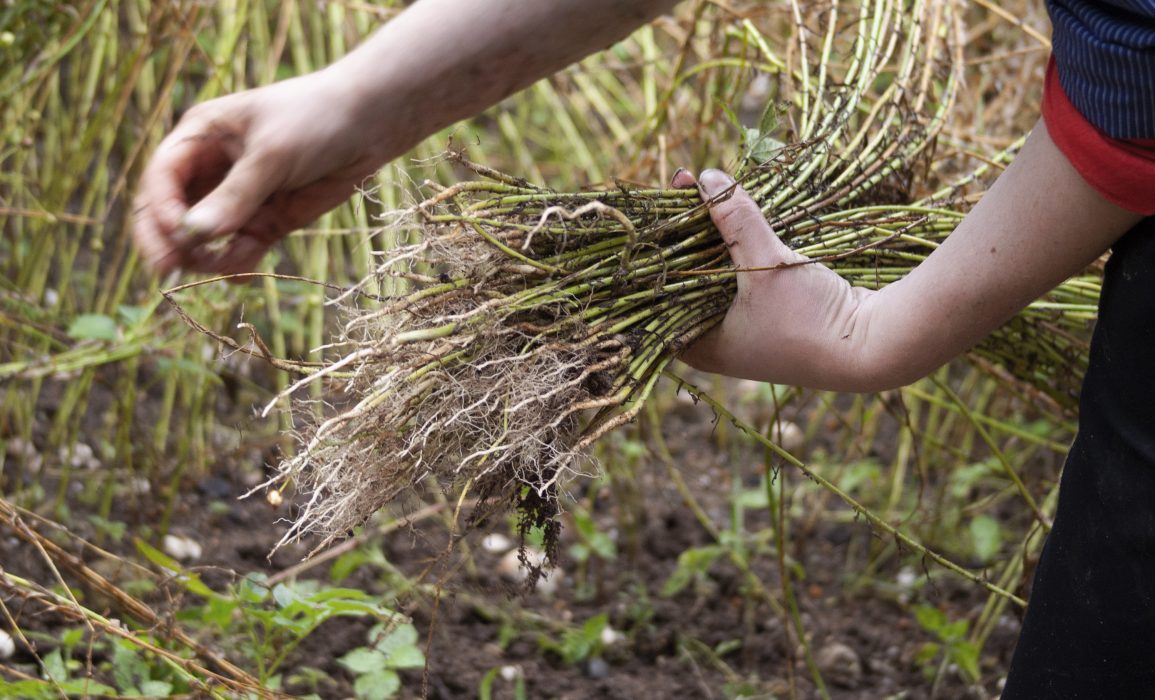
the flax is pulled root and all, straight up out of the soil
-
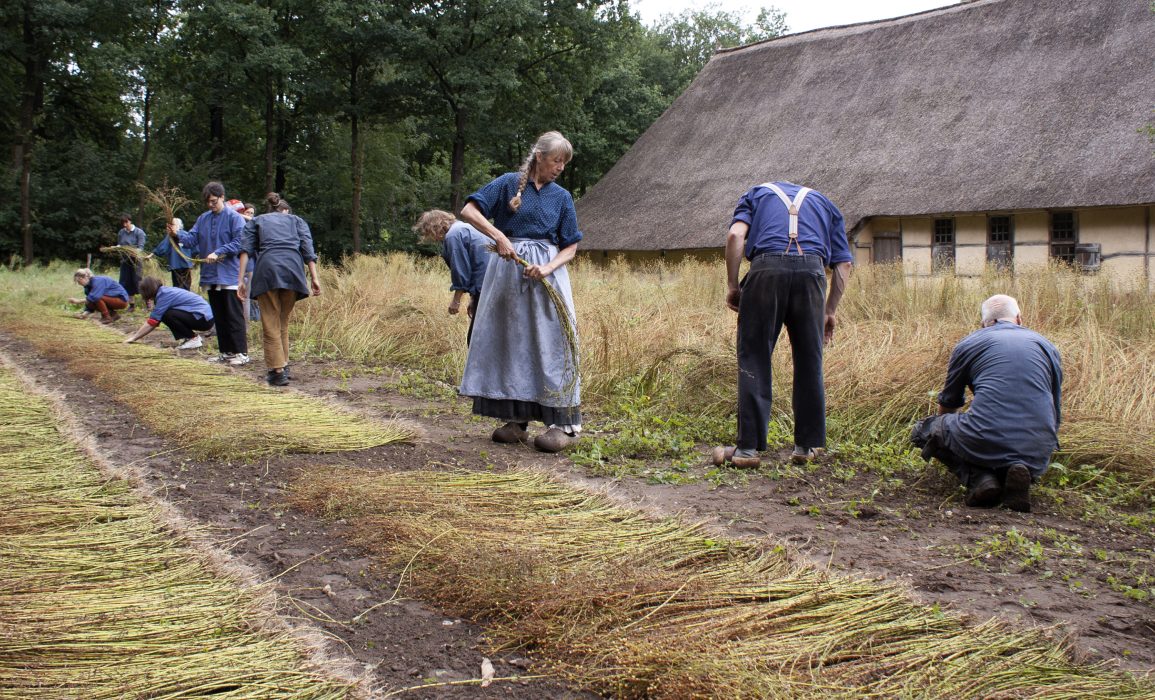
pulled flax is laid on the field in an even spread for retting
-
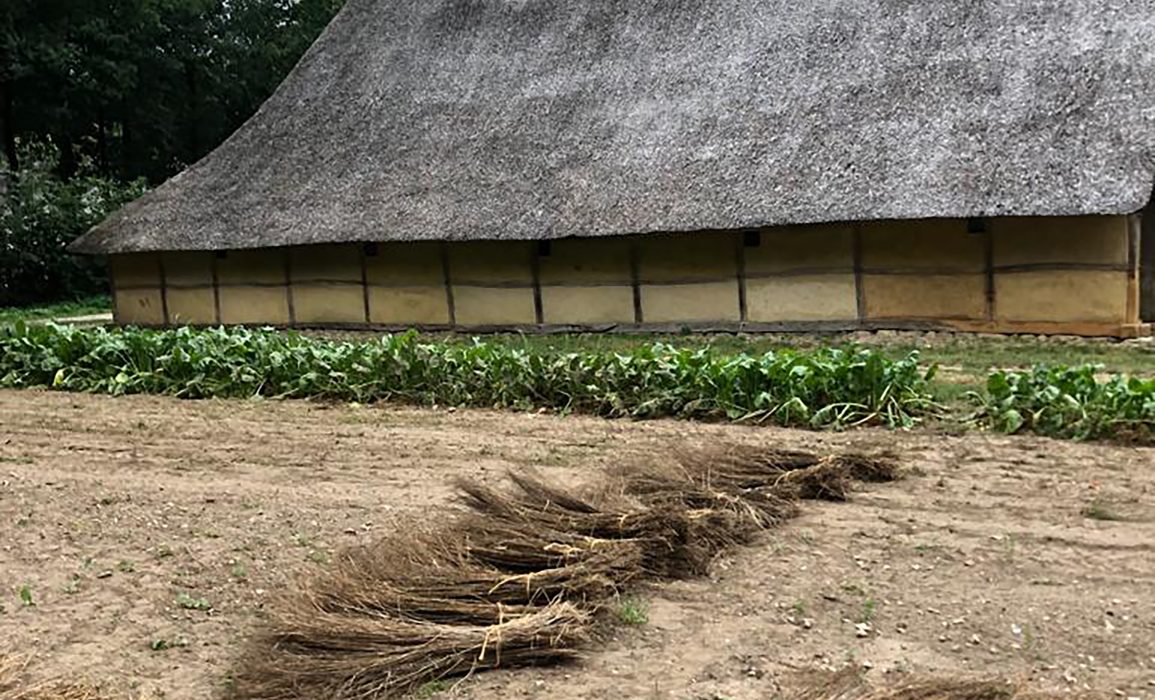
sheaves of retted flax ready for storage and processing
